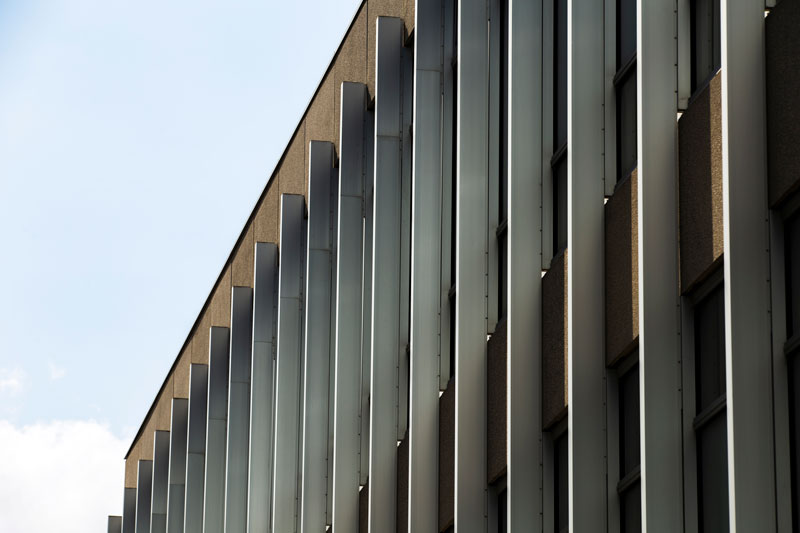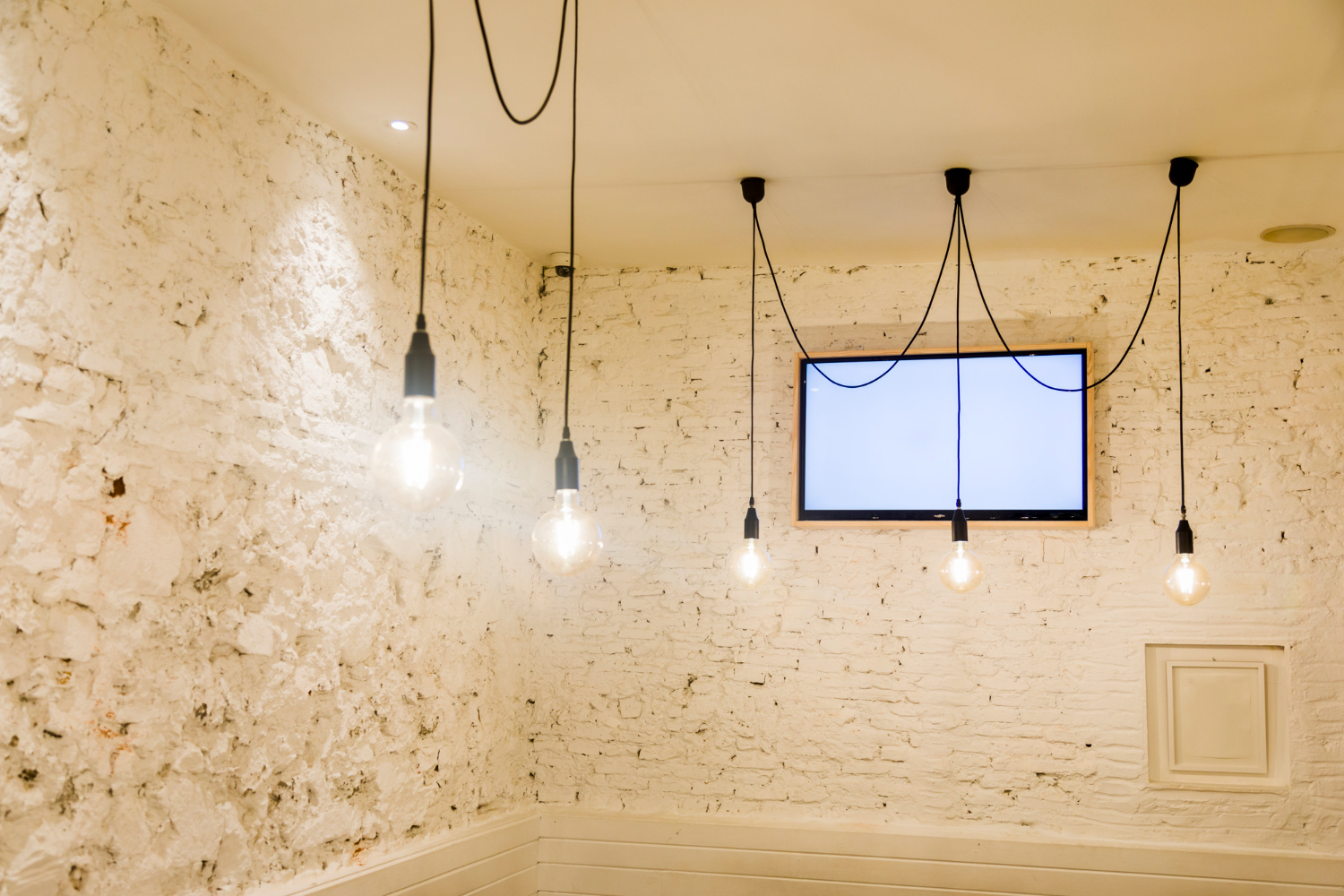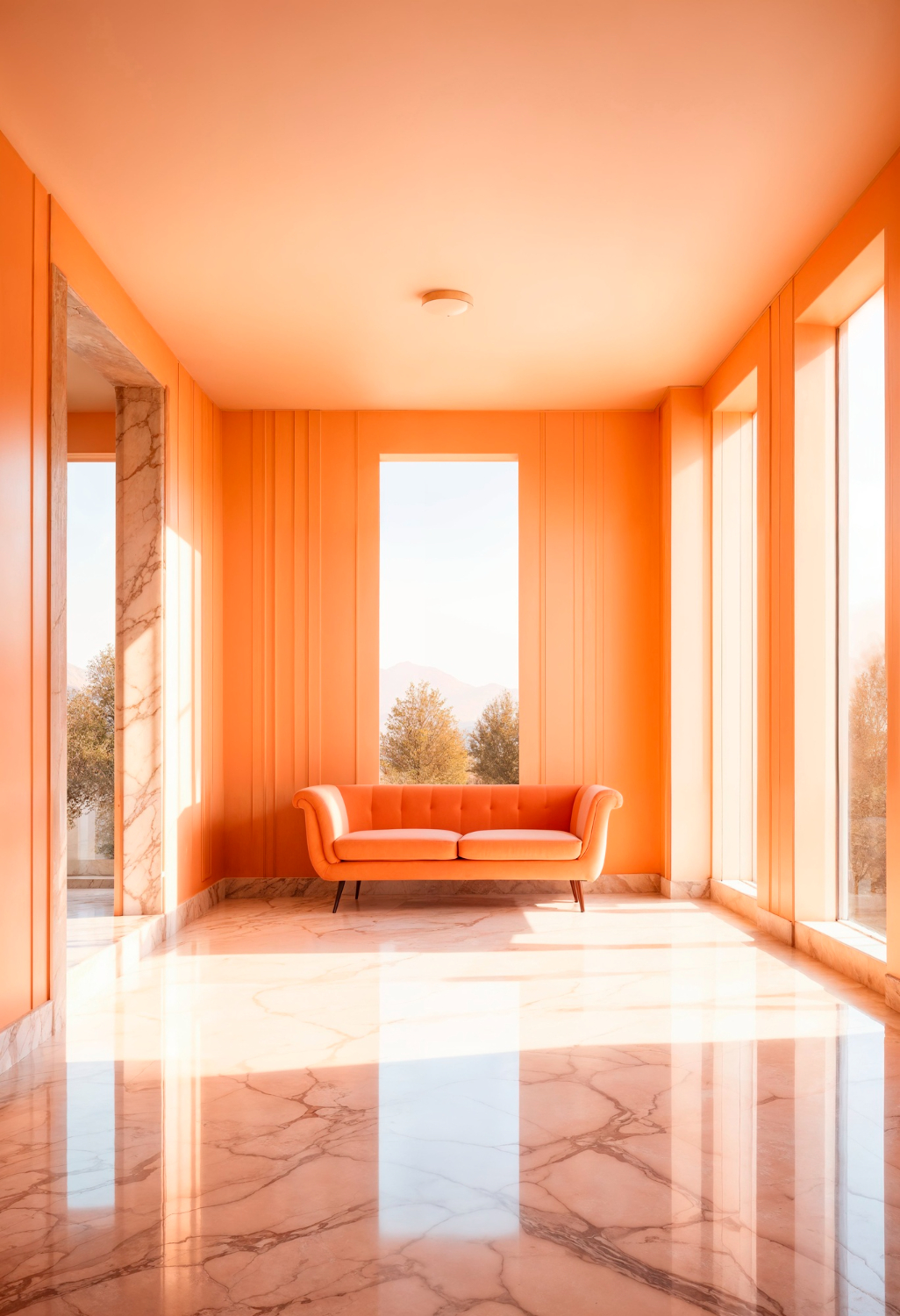Advantages of Aluminum Cladding

Aluminium cladding has emerged as a popular option for contemporary buildings in the ever-evolving field of architecture and construction. It is an appealing option for residential and commercial projects due to its sleek appearance and numerous benefits. Be that as it may, what precisely makes aluminium cladding stick out? We should dig into the key motivations behind why aluminium cladding has turned into a top decision for contemporary engineering.
Solidness and Lifespan
The remarkable durability of aluminium cladding is one of its most distinctive characteristics. Aluminium is intrinsically impervious to consumption, making it an ideal decision for structures presented with unforgiving atmospheric conditions. Whether it’s the intense demeanour of beachfront conditions or the super cold of mountains, aluminium cladding faces the components with negligible mileage. This protection from erosion keeps up with the structure’s tasteful allure and lessens the requirement for successive support and fixes.
Also, aluminium’s lightweight nature makes it more straightforward to deal with and introduce, lessening the burden on the structure’s primary system. This combination of strength and lightness enhances the cladding’s overall longevity, ensuring the building will remain in excellent condition for many years. The intrinsic properties of aluminium likewise make it profoundly impervious to effects and scratches, which can be vital in high-traffic regions or areas inclined to deface.
Aesthetic Adaptability
Aluminum cladding offers unmatched flexibility regarding plan and finish. It is accessible in many varieties and surfaces and gets done, fitting any compositional style you can customize. Whether you’re holding back nothing, a present-day look, or a more conventional tasteful, aluminium cladding can be redone to match your vision.
Thanks to its adaptability, it can be shaped into various profiles, from simple panels to intricate patterns. The outcome is a material that not only upgrades the visual allure of a structure but also permits modellers and originators to try different things with imaginative plan arrangements. In today’s design-driven market, the capacity to achieve such diverse looks with a single material is a significant advantage. Additionally, a building’s overall lighting design can benefit from aluminium’s reflective properties, enhancing natural light and decreasing the need for artificial lighting.
Low Need for Maintenance
Keeping up with the presence of a structure can be a critical continuous cost. However, aluminium cladding mitigates this worry. Dissimilar to different materials that might require customary artistic creation or fixing, aluminium cladding intends to be low upkeep. Because of its smooth surface, it is simple to clean and only requires occasional washing to get rid of dirt and grime.
The obstruction of aluminium to blurring and staining implies it holds its unique tone and finish over the long haul. This low-support angle saves money on upkeep costs and guarantees that the structure keeps putting its best self forward with insignificant exertion. Moreover, aluminium cladding is impervious to vermin and shape, further lessening support needs and maintaining a sound structure climate.
Energy Conservation
Aluminium cladding can enhance a structure’s energy effectiveness with its visuals and solidness benefits. You can frequently equip modern aluminium cladding systems with common properties that aid in controlling indoor temperatures. Aluminium cladding can diminish heat misfortune in the colder time of year and limit heat gain in the late spring by giving an extra layer of protection.
Upgraded energy proficiency can prompt lower warming and cooling costs, adding to the structure’s general manageability. Aluminium cladding offers a viable arrangement for projects holding back no certificates or looking to diminish their ecological effect. Furthermore, the building’s climate control efficiency can be enhanced using aluminium’s reflective properties to control solar heat gain.
Ecological Supportability
Aluminum is an exceptionally supportable material because of its recyclability. The reusing system for aluminium requires just a tiny portion of the energy expected to deliver new aluminium from natural substances. This system settles on aluminium cladding, an eco-accommodating decision that aligns with developing natural worries and manageability objectives.
Additionally, buildings are less likely to require premature replacement due to the long lifespan of aluminium cladding, which further reduces waste and resource consumption. Planners and manufacturers can commit positively to the climate by picking aluminium while accomplishing their plan and execution objectives. The utilization of reused aluminium additionally lessens the general carbon impression of the cladding material.
Upgraded Security Highlights
Security is essential in the building plans, and aluminium cladding adds to this viewpoint in multiple ways. Its heat-proof properties are a huge benefit, as aluminium doesn’t consume or add to the spread of blazes. This inborn well-being component can give true serenity and improve the general security profile of the structure.
Furthermore, aluminium cladding can consolidate extra security highlights, for example, against slip surfaces or effect safe boards, contingent upon the particular necessities of the venture. These customizations guarantee that the cladding fulfils tasteful and execution guidelines and successfully addresses security concerns. The capacity to incorporate heat-proof and effect-safe innovations makes aluminium cladding a reasonable decision for high-risk regions and tall structures.
Capabilities for Reducing Noise
One massive advantage of aluminium cladding is its commitment to decreasing sound. You can incorporate acoustic insulation properties into contemporary aluminium cladding systems to reduce outside noise pollution and create a quieter indoor environment. This property can be especially helpful in urban areas where noise can be a persistent problem.
The blend of aluminium with acoustic protection materials can hose sound, working on the general acoustic solace inside the structure. This feature of aluminium cladding is handy for residential buildings near busy streets or commercial areas and office buildings where a quieter working environment can boost productivity.
Conclusion
The aluminium cladding has legitimately procured its place as a top decision for current structures because of its solidness, tasteful flexibility, low upkeep prerequisites, and energy productivity. Its ecological manageability, well-being highlights, sound decreased capacities, and potential for inventive innovation incorporation further improve its allure. It is also a practical and appealing option for various architectural projects due to its contributions to thermal performance, application versatility, and cost-effectiveness. Choose Metal cladding in Melbourne is rugged to beat when it comes to performance and style, whether you’re working on a residential development, a commercial building, or a public facility. Aluminium cladding will undoubtedly play a crucial role in shaping the future of contemporary architecture as builders and architects continue to look for new ways to push the boundaries of design.



